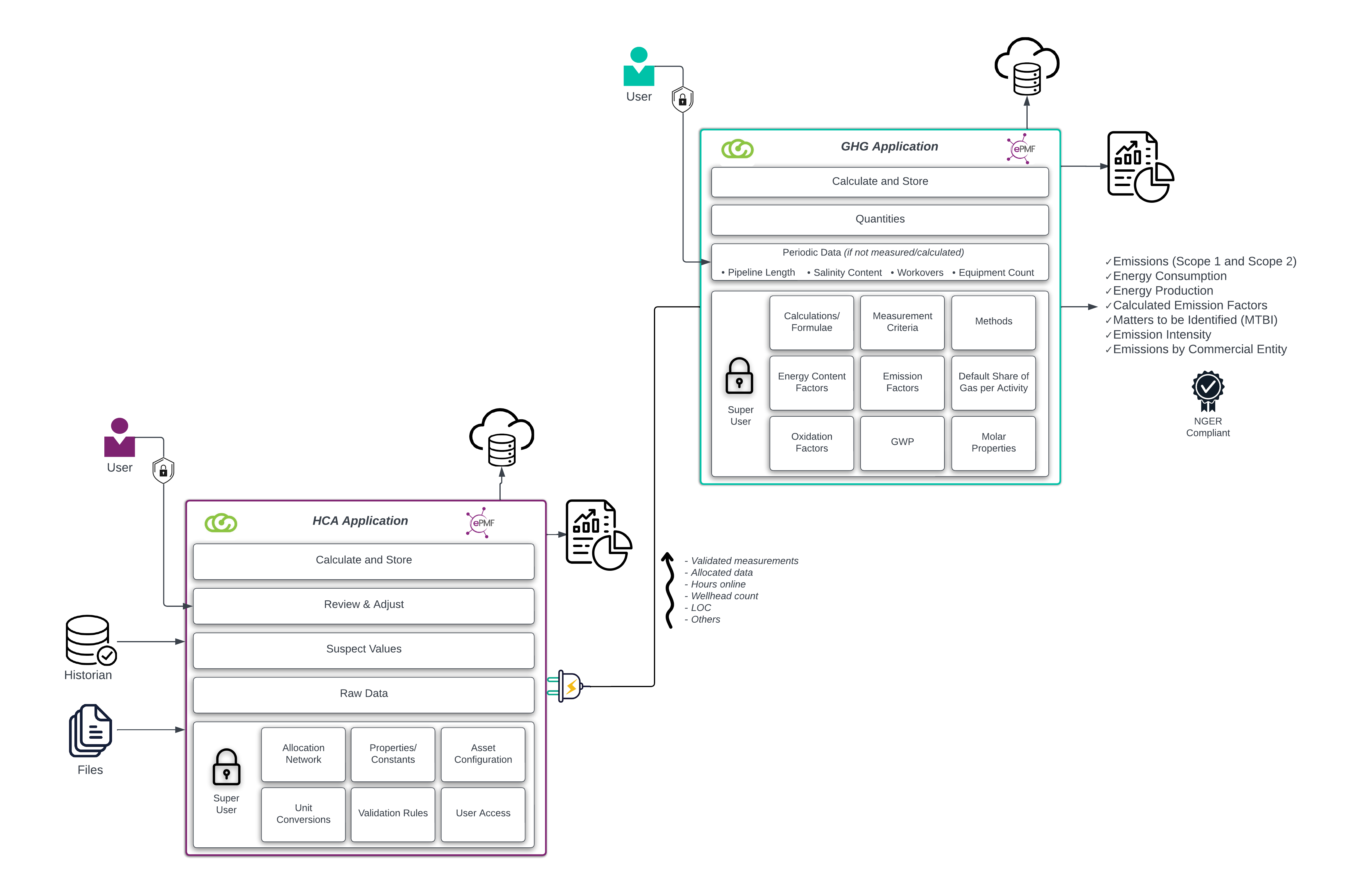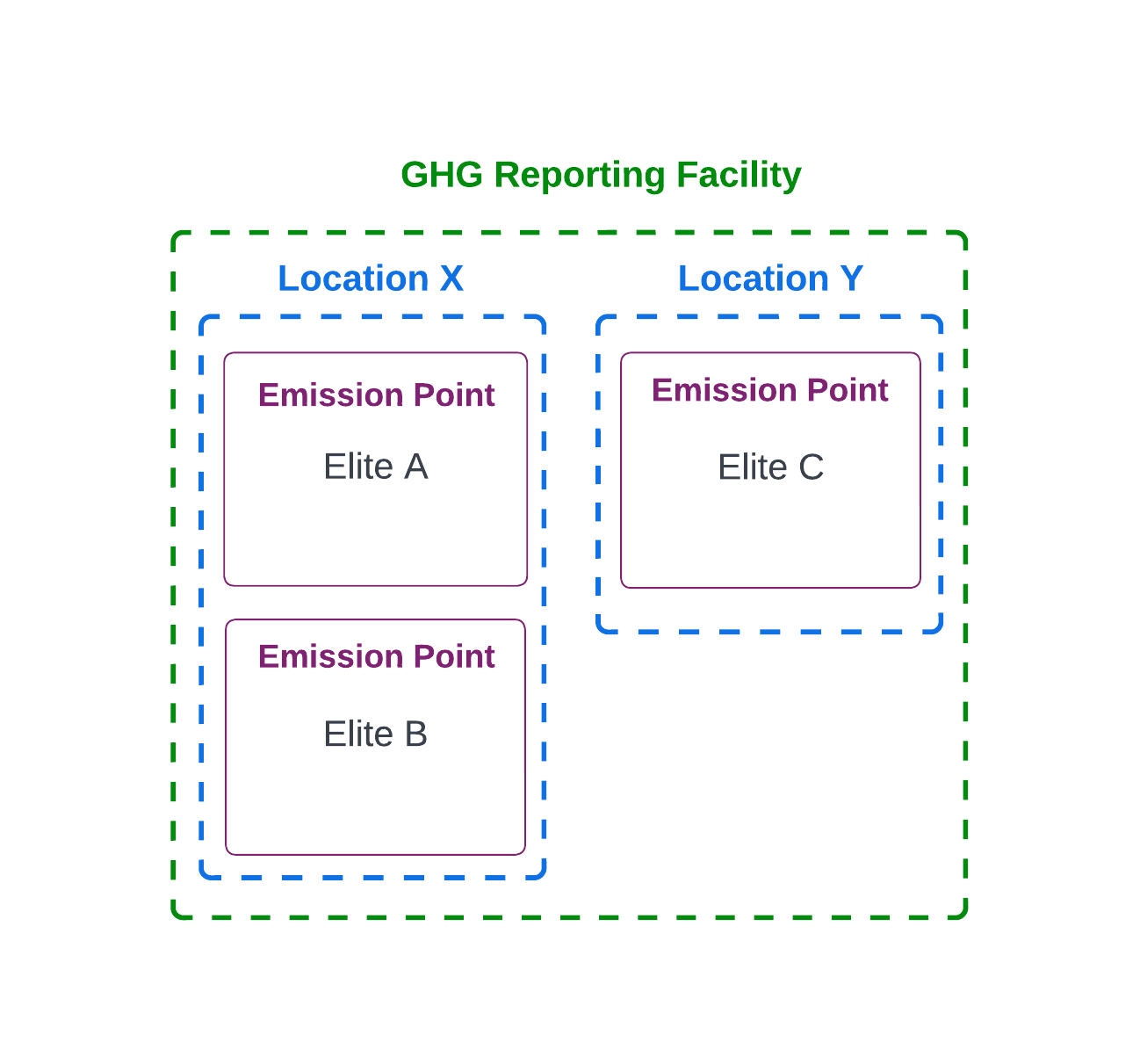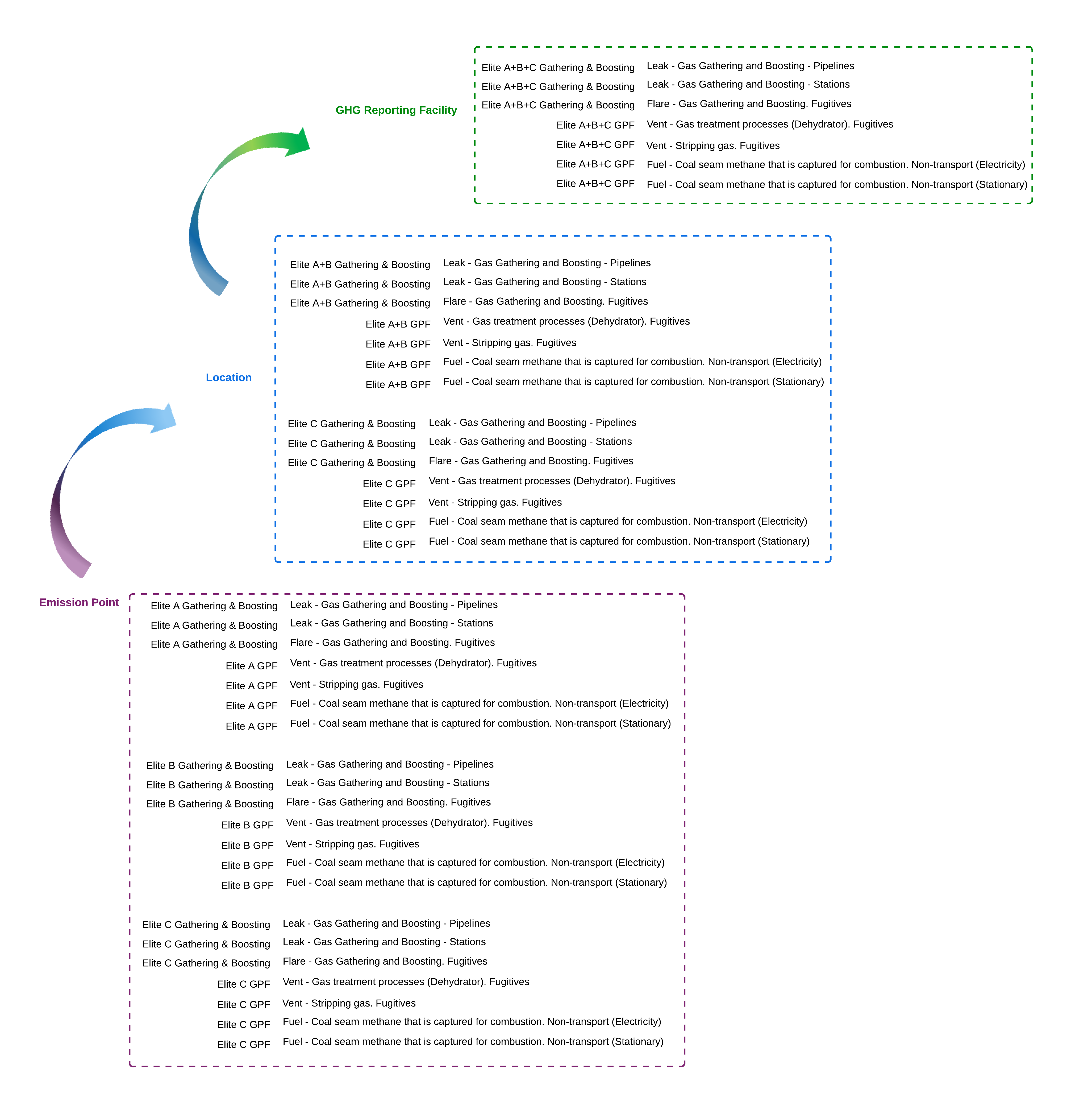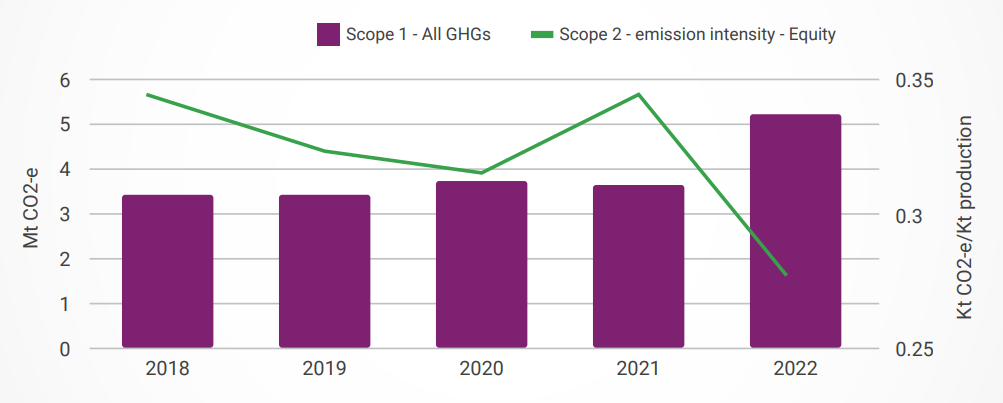ePMF Greenhouse Gas Application Framework
About the Application Framework
To help businesses comply with legal obligations, Elite Energy Consultants created an application framework for Greenhouse Gas (GHG) Emissions in EnergySys.
The framework attempts to foster creative thinking and debates on client-specific GHG configuration to ensure the suggested solution precisely satisfies the client's operational and system requirements.
This method allows the client to comprehend and make educated adjustments by ensuring transparency, alignment, and clarity regarding the implementation path.
Provides a structured approach to calculating and reporting greenhouse gas emissions.
Aims to provide a centralised, transparent and auditable solution for all GHG emission-related activities.
Designed to integrate with other applications seamlessly.
Enables companies to report emissions and energy in compliance with legislative requirements.
Implementing an automated solution allows the GHG team to focus on high-value activities.
Provides crucial metrics, including information about critical emitters and emission intensity.
The GHG application was designed to integrate with other applications seamlessly. Figure 1 to the right illustrates the GHG application in alignment with the Production Allocation application. The intrinsic relationship between the two applications is discussed in the paper Greenhouse gas emissions tracking: making it count, by Dr Terzini (Elite) and Dr Hayes (EnergySys), 2023 - link: https://www.publish.csiro.au/aj/AJ22207


As shown in Figure 1 above, critical information required to perform the GHG emissions and energy calculations is already available in the system and flows seamlessly to the GHG processes. These include (not limited to) the features seen on the left:
In addition, emission factors, energy content factors, the methods used for estimating emissions/ energy, measurement criteria, and semi-static data (e.g. pipeline length, equipment count, salinity content of water, etc) are also stored and secured in the system.
The system also allows pre-defined users to update these values if amendments are required to meet legislative or business requirements, providing a transparent and auditable solution.
Given the hierarchical structure of the GHG emissions, the GHG application provides a flexible way to report emissions, as illustrated in Figure 2 on the right.


In the example shown in Figure 3 to the left, the Emission Point represents the lowest granularity, and it can be a Gas Processing Facility, a Water Treatment Facility, a Production License, etc. The location can be set up as a physical location or operating area; in the example on the left, areas A and B emissions are combined, whereas C is separate. On the other hand, the Reporting Facility (also referred to as NGER Facility in Australia) is a pre-defined combination of locations; in this example, the reporting facility is the aggregation of Elite A+B+C. This is done per Activity Type, Source Type and Device (e.g. Activity: Vent - Gas treatment processes (Dehydrator), Source: Natural Gas Production – Venting, and Device: Dehydrator).
All the GHG-related data are stored in the database. They can be used to generate dashboards to assist the business with their emissions reduction initiatives and reports to meet statutory requirements. Critical GHG data is readily available, including:
- Emissions (Scope 1 and Scope 2 per greenhouse gas – CH4, CO2, N2O, SF6, and total)
- Energy Consumption
- Energy Production
- Calculated Emission Factors
- Matters to be Identified (MTBI)
- Emission Intensity
- Emissions by Commercial Entity

Talk to our SME
Dr Fabio Terzini is the Lead Engineer and Global Product Owner for Net Zero at Elite Energy Consultants. He has been supporting the delivery of specialised engineering and IT projects around the globe.
Dr Terzini is a chemical engineer with a PhD in chemical from The University of Queensland in Australia. Before joining Elite Energy, Dr Terzini worked with Worley and Advisian on various large-scale projects in Australia, New Zealand and Brazil. Dr Terzini is also interested in greenhouse gas emissions, hydrogen production and CCUS.